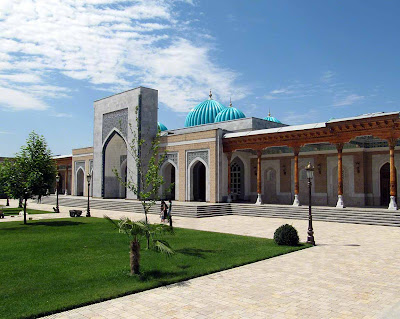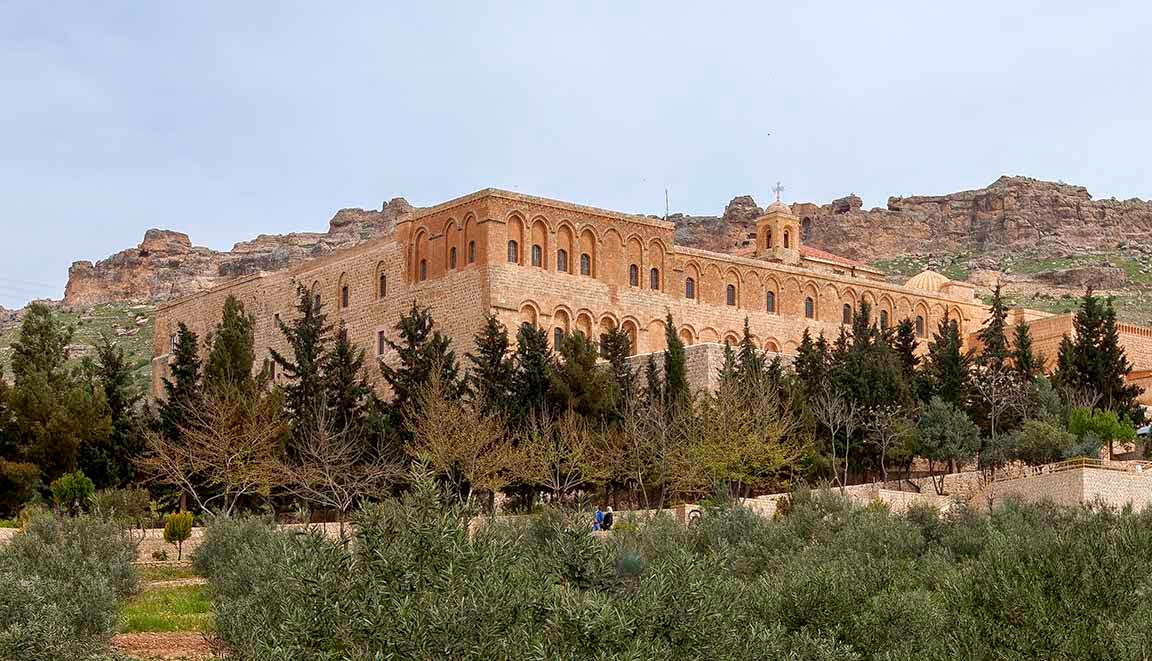Uzbekistan | Bukhara | al-Bukhari | Narshakhi | Ibn Sina
The Persian Historian Juvaini (1226–1283) could barely contain himself when hymning Bukhara:
In the eastern countries it is the cupola of Islam and is in those regions like unto the City of Peace. Its environs are adorned with the brightness of the light of doctors and jurists and its surroundings embellished with the rarest of high attainments. Since ancient times it has in every age been the place of assembly of the great savants of every religion.
It was just before and during the Samanid Era that an array of religious scholars, philosophers, poets, historians, and writers first lit up the sky over Bukhara with their brilliance. The era was kicked off by Muhammad ibn Ismail al-Bukhari (d.870), who according to most accounts was born near Samarkand. He traveled widely as a youth and young man, making a pilgrimage to Mecca as a teenager, but then settled down in Bukhara and wrote his Sahih al-Bukhari, a compendium of hadith, or sayings attributed to the Prophet Muhammad. He reported winnowed through more than 600,000 hadith before selecting 7,275 for inclusion in his collection. His Sahih was eventually recognized as one of six canonical collections of hadith accepted among Sunnis and in the opinion of some one of the two most important. The Sahih al-Bukhari is widely read to this day, and al-Bukhari’s mausoleum near Samarkand is now visited by pilgrims from throughout the Islamic geo-sphere.
Mausoleum Complex of al-Bukhari near Samarkand (click on photos for enlargements)
Mausoleum of al-Bukhari
Mausoleum of al-Bukhari
Tomb of al-Bukhari
Tomb of al-Bukhari
Al-Bukhari died just as the Samanids were ascending to power, but the afterglow of his work would add luster to the new regime. Historians were represented by Abu Bakr Muhammad ibn Jafar Narshakhi (ca. 899–959), from the village of Narshak in the Bukhara Oasis. His History of Bukhara offers a unique view of both pre-Samanid Sogdiana and the Bukhara Oasis during the reign of the Samanids. The book, originally written in Arabic, was present to his patron the Samanid emir Nuh ibn Nasr in the 940s. It was translated into Persian 1034 and translations into English remain in print to this day. A Russian language scholarly edition with extensive commentary was published in 2011.
Bukhara’s intellectual lustre, burnished by local talent, soon attracted the leading lights from throughout the Islamic geosphere. This concentration of scholarly and artistic firepower led to the creation of the Siwan-al-hikma (Storehouse of Wisdom), a library which soon boasted of one of the best collections in Inner Asia if not the world. Apart from the library, the Bukhara book bazaar achieved fame among bibliomanes as a place where books on even the most recondite and esoteric subjects could be found for sale.
It was in Bukhara’s libraries and well-stocked book stalls that the towering intellectual figure who bookended the Samanid era found his early sustenance. This was Abu Ali Ibn Sina, born in the village of Afsana just outside of Bukhara in 980, two decades before the fall of the Samanids. A scientist, philosopher, physician, mathematician, poet, and belletrist, the polymathic Ibn Sina (better known in English language literature as Avicenna) was, and is, widely recognized as the greatest Islamic scholar of the Middle Ages. “At the age of ten years,” the twelfth-century biographer of poets Ibn Khallikan (1211–1282) tells us, “he had mastered the Koran and general literature and had obtained a certain degree of information in dogmatic theology, the Indian calculus . . . and algebra.”
Ibn Sina then applied himself to further studies in logic, natural science, the mystical teachings of the Sufis, astronomy, medicine, and a potpourri of other subjects. His progress in medicine was so phenomenal that at the age of seventeen he was treating Nuh b. Mansur, one of the last Samanid emirs. It was this prince who allowed Ibn Sina to use his library (this may have been the Siwan-al-hikma mentioned above, or the ruler’s own library; the record is unclear). Here, Ibn Sina tells us, he found “many books the very titles of which were unknown to most persons, and others which I have not met with before or since.”
Unfortunately for Ibn Sina, the Samanid empire fell before he turned twenty, and he was forced to spend the rest of his life as a exile in courts of various potentates in Khorasan and Iraq-Ajami who were only too happy finance his intellectual endeavors as long as he keep his nose in his books and did not cause any trouble. Life was not easy—he was thrown in prison at least once and threatened with execution for rattling the chains of his patrons—but he was able to produce an immense corpus of work numbering almost a hundred volumes. He died in Isfahan, in Iraq-Ajami (modern western Iran), in 1037. Two of his most famous books, The Metaphysics of Healing and the Canon of Medicine, remain in print in modern editions to this day (both get five-star ratings on Amazon), and his birthplace at Afsana, on the outskirts of Bukhara, is a much frequented tourist and pilgrimage attraction with a medical school, a museum devoted to Ibn Sina, and breathtakingly gorgeous rose gardens.
Statue of Ibn Sina (Avicenna) at the Ibn Sina Museum near Afsana, on the outskirts of Bukhara
Grounds at the Ibn Sina Complex
Breathtakingly gorgeous roses at the Ibn Sina Complex
Another example of a breathtakingly gorgeous rose.











